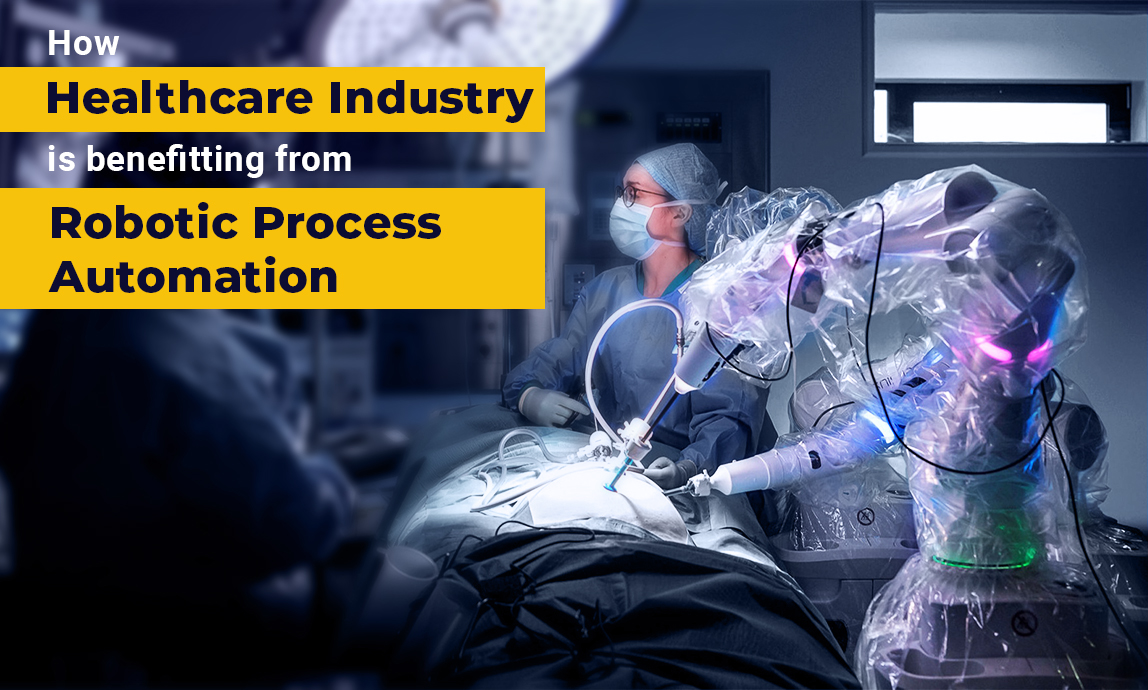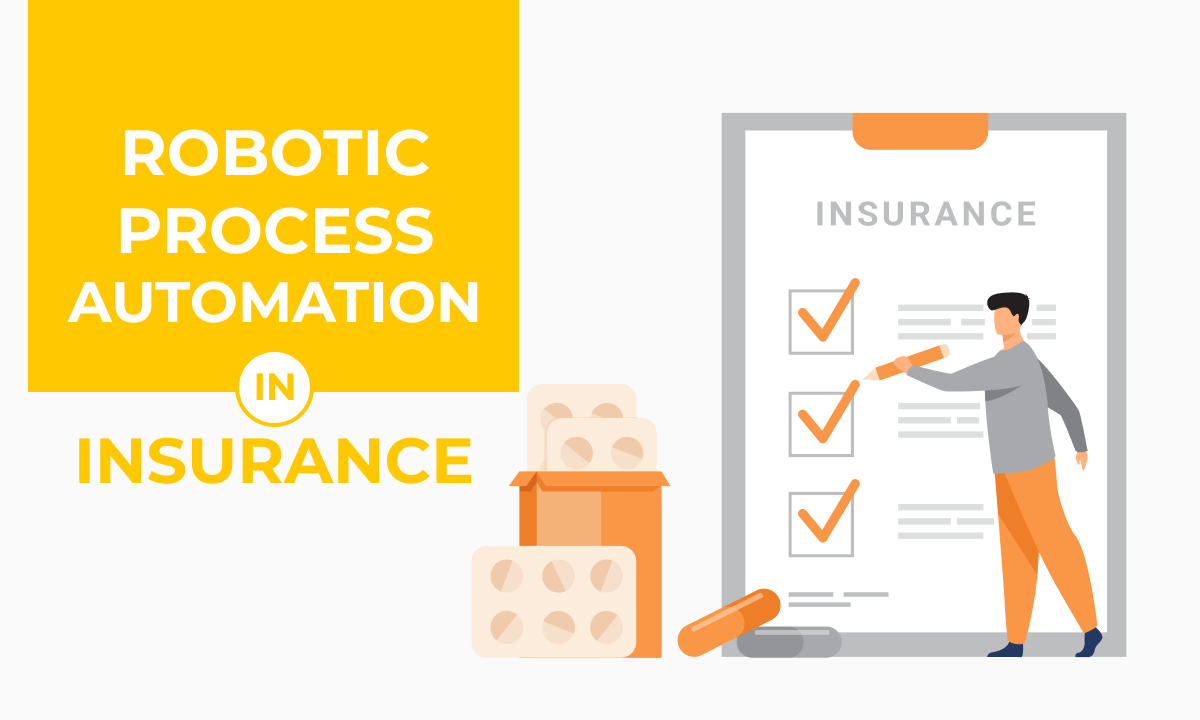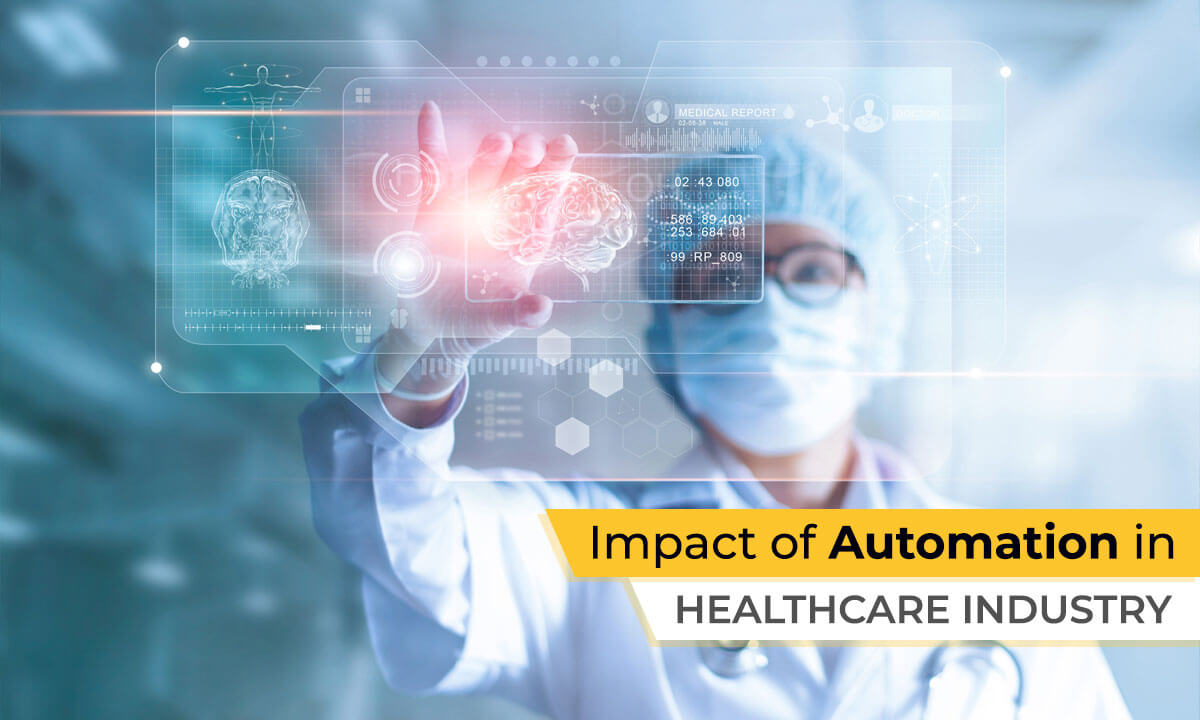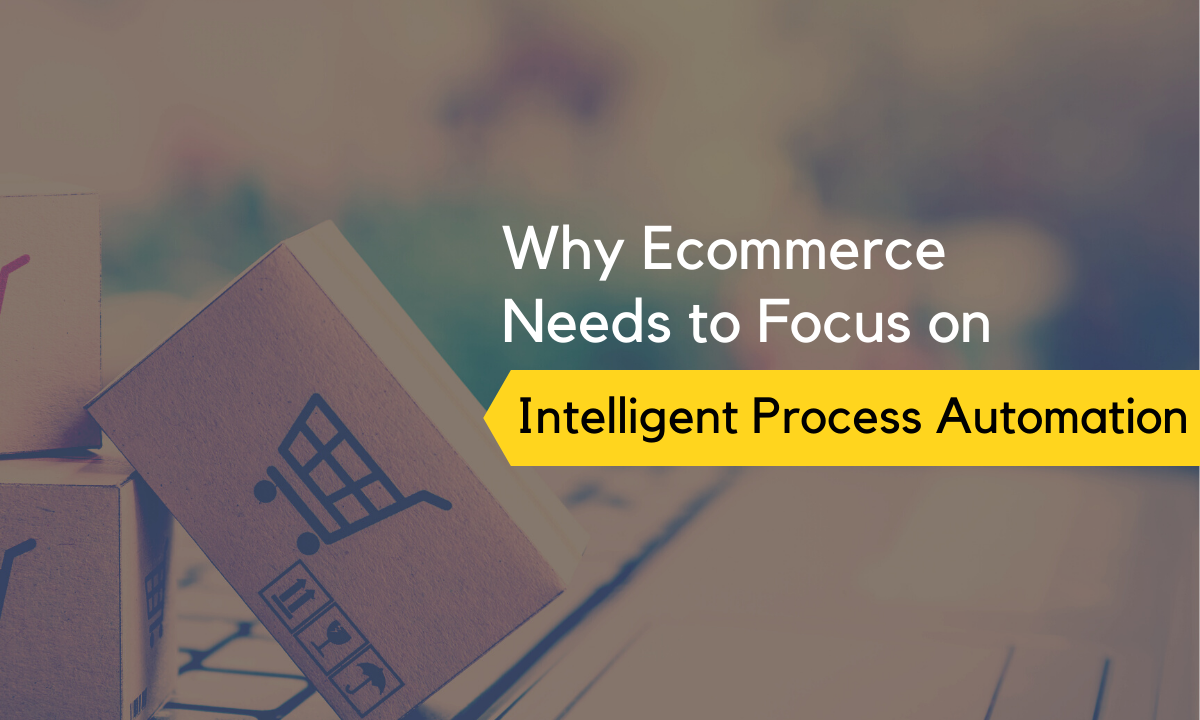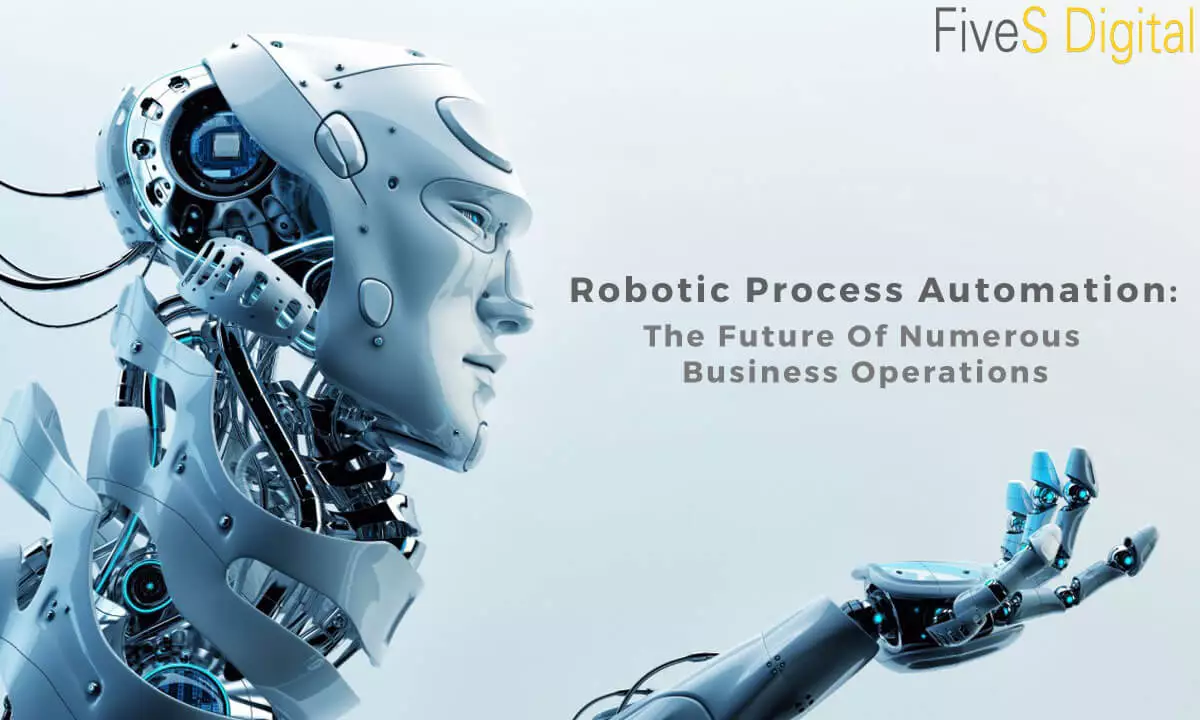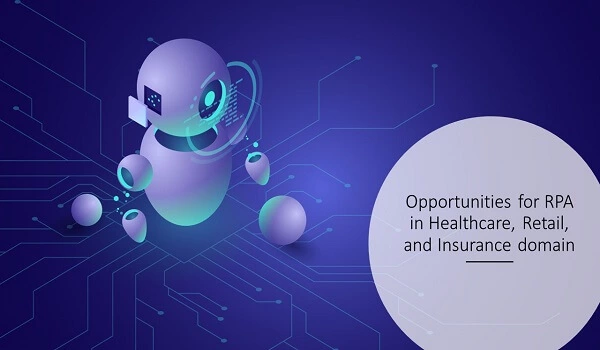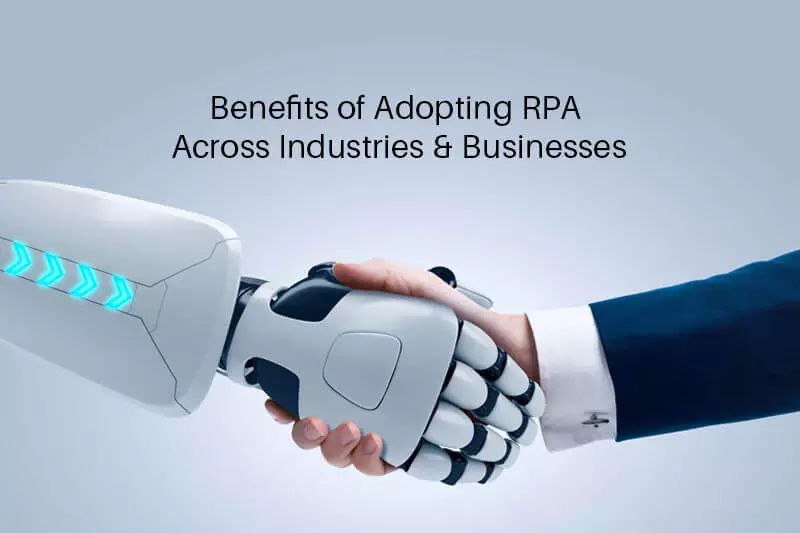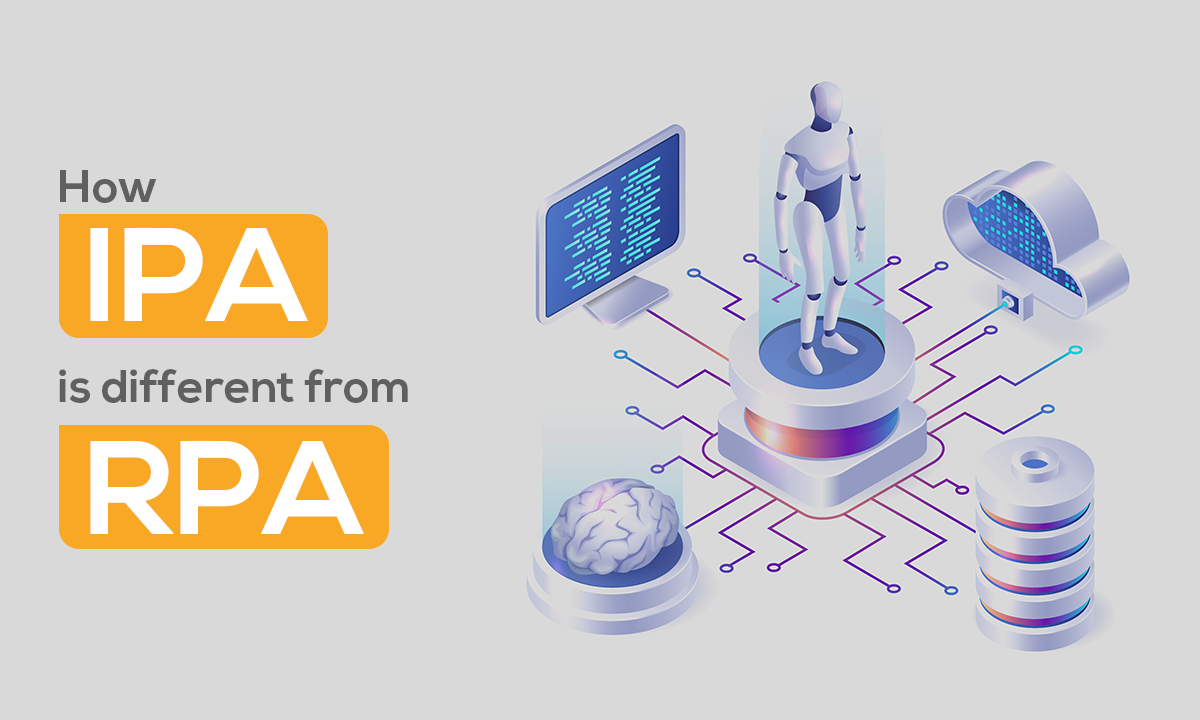
We are still looking ahead to the robotic soldiers, cars, maids, and housekeepers that pop civilization pledges us every year. Instead, robots powered by artificial intelligence are evolving into an essential element of our everyday lives.
Robotic Process Automation (RPA), an integral part of digital conversion, is accumulating popularity. Intelligent Process Automation (IPA) will also become more common. This tech completes RPA and can be used to deliver even more utility and versatility.
Although they may be confused or conflated and seem related, RPA (or IPA) are detached commodities and play outstanding roles in business process management. Your corporation can achieve its expanded efficiency, profitability, and invention goals by understanding the differences and applying that knowledge.
RPA technology and IPA solutions materialize automation technologies born out of digital transformation. For example, Robotic Process Automation is built around software robots. These applications create a "digital workforce" ideal for tactical applications.
In addition, these applications can be used to automate high-volume manual processes and optimize them quickly and efficiently. RPA tools can be used to automate complex tasks and are highly scalable. These tools are intended for repetitive, structured actions that do not require extensive contextual analysis.
However, they can still accommodate and execute the actions described in contingencies if given the right information and rule sets. RPA technology excels in data entry, workflow management, and automated help desk/support system.
Intelligent Process automation is also known as intelligent automation. It's a compilation of technologies that recast and enrich the RPA skill set. IPA is RPA's "next-level" advancement. It authorizes RPA to operate more intricate processes and qualify for decision-making rather than redundant tasks.
IPA supports both structured and unstructured data. These are the two most common data types in the Big Data era. This means that IPA solutions use advanced data administration tools and investigation tools to drag beneficial, structured data from earlier unapproachable or challenging to access sources.
Some of the latest technologies IPA brings RPA to include:
Natural Language Process (NLP) is a data analysis tool that recognizes and parses human speech to find useful content. NLP can be used with speech recognition to allow users to search company databases using everyday speech. A chatbot designed to improve customer service might use natural language processing to answer questions and provide support information from past purchases.
- Data extraction This is where unstructured content can be analyzed and mined to provide useful information stored, organized, and accessed by other programs. This could include:
- OCR (Optical Character Recognition) scans text and converts it into editable formats. It also parses it for content.
- NLP can perform the same function as audio or video.
- Combination of both.
- Machine Learning increases the "IQ" and efficiency of RPA software robots. It allows them to assess their effectiveness and efficiency in performing tasks. Each task iteration is more productive and efficient as the system adjusts the process to meet set goals such as accuracy, cost reduction, and cost reduction. Machine learning is support for deep learning. This allows applications to apply the lessons learned in one context to other contexts to help with continuous improvement, better decision-making, and strategic planning.
- This type of learning is often called operational analysis.
IPA solutions are stronger, more flexible, and take more time to implement. Its ability to learn from its own experiences and guidance, and interactions with humans means that it can generate process improvements and savings beyond the reach of RPA.
IPA's data analysis and data extraction tools allow it to extrapolate to fill in the gaps when data is not within established parameters or incomplete. If it has been trained by observing humans doing similar tasks, it can also "fill in these blanks." It doesn't need the RPA-like "hand-holding."
An RPA bot can file incoming documents based upon keywords, file size, or attachments.
IPA tools can also observe human behavior and learn to automatically sort the files without being explicitly instructed to do so. For example, a bot powered by IPA might be able to automatically route purchase orders and invoices based upon out-of-office status, thereby preventing bottlenecks.
Conclusion:
In the above blog, we have explained about how RPA is different from IPA. RPA software delivers guidance for multiple internal operations and provides industries with many facilities and prospects. This virtual workforce can assemble incredible results quickly with several tools. IPA Solution is the successive surge of technology that makes industry procedures uncomplicated and brief. Book a call by FiveS Digital if you're looking to enhance your company's implementation and produce an exquisite corporate venture.
